June 21, 2025 | 03:08 GMT +7
June 21, 2025 | 03:08 GMT +7
Hotline: 0913.378.918
June 21, 2025 | 03:08 GMT +7
Hotline: 0913.378.918

Granting planting area code needs to be one step ahead before the market opens. Photo: PH.
Speaking about the issue of growing area codes at the Forum "Strengthening solutions for sustainable development of production and consumption of key fruit products in the South" on June 8, Mr. Nguyen Dinh Tung, Vina T&T Group's Import-Export Company, recommends that the issuance of planting area codes need to be one step ahead before opening the market. For example, finding the area code for pomelos growing for businesses is tough with pomelos that are about to be exported to the US.
"Currently, many businesses looking for raw material areas granted planting area codes to purchase face many difficulties, easy to duplicate, and have problems with other units and businesses. In addition, it will be difficult for businesses to continuously apply for re-certification, making exporting and handing over orders to international customers has been delayed", Mr. Nguyen Dinh Tung raised the issue.
In addition, a representative of Vina T&T Group Import-Export Company said that an enterprise could not go to all localities by itself to make the planting area code. Therefore, localities should actively build growing areas that are granted codes so that when businesses have a need, register and provide them, it will be much more convenient.
Before this problem, Mr. Le Thanh Tung, Deputy Director of the Department of Crop Production (MARD), informed that the Plant Protection Department has also aimed to issue planting area codes for the target market. When the market is opened, the product can meet export requirements immediately.
However, to achieve the criteria for granting planting area codes, the efforts of farmers and localities are significant. The growing area code is now not only for export but also creates confidence for domestic consumers.
Currently, there are 4,000 growing area codes (300,000 hectares) in 50/63 provinces and centrally-run cities that have been granted 12 types of fresh fruit such as banana, dragon fruit, jackfruit, longan, litchi, mango, rambutan, watermelon, mangosteen, passion fruit…
In which, the Mekong Delta region was granted 1,561 codes (accounting for 39.02%), the Southeast had 224 codes (accounting for 5.6%), and the Central Highlands had 168 codes (accounting for 4.2%).
In addition, 1,864 packing facility codes have been issued for fresh fruits that are allowed to be exported to China, the United States, Australia, New Zealand, Korea, and Japan... in 37 provinces and cities.
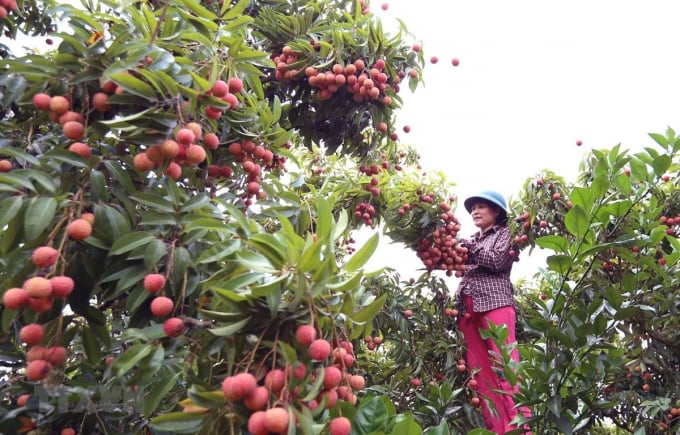
Granting growing area codes and packing facilities is still facing difficulties.
However, according to Mr. Tung, the granting of codes of growing areas and packaging facilities are currently facing difficulties such as being newly deployed mainly for fruit trees, not much has been implemented for products with fruit having large export volumes such as rice, tea, pepper, coffee, etc. There is still the situation of impersonating the growing area code, using the wrong code for export, affecting the reputation of Vietnamese goods.
Meanwhile, the Chinese market is increasingly tightening controls on imported products, including strengthening monitoring of growing areas and packing facilities.
According to Mr. Le Van Thiet, Deputy Director of the Plant Protection Department, in recent years, Vietnam has exported agricultural products to many complex markets such as the United States, Japan, South Korea, and New Zealand. In 2019, when China requested the issuance of planting area codes for eight types of fresh fruit, receiving the direction of the Ministry of Agriculture and Rural Development, the Department of Plant Protection issued planting area codes for localities.
According to Mr. Nguyen Quoc Toan, Director of the Department of Agricultural Product Processing and Market Development (Ministry of Agriculture and Rural Development), at present, many new consumer trends are appearing in the market that businesses need to pay great attention to, such as Food of plant origin; tendency to return to the roots; uphold the common responsibility of the fruit industry; changes in consumption levels after the pandemic; the voice of consumers… The Plant Protection Department has issued two basic standards in preparing to issue planting area codes: Standard 774 stipulates planting area codes, and Standard 775 stipulates house codes pack.
Previously, on March 28, the Ministry of Agriculture and Rural Development issued Directive 1838/CT-BNN-BVTV on strengthening the management of planting area codes and packing facilities for agricultural products for export. In which, emphasizes the task of setting up and managing the code of growing areas and packing establishments for export to be more practical and effective; also, raises the responsibility of relevant organizations and individuals, contributing to building professional and sustainable agriculture.
Translated by Ha Phuc
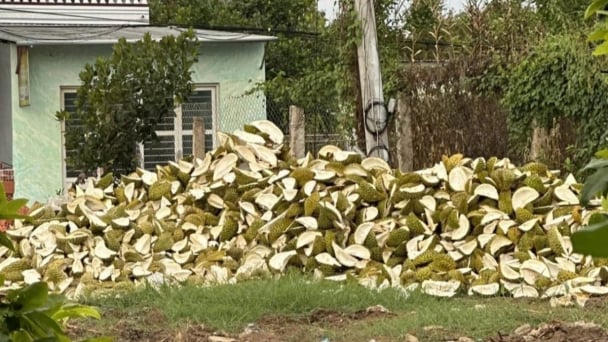
(VAN) The waste of resources from agricultural by-products and the situation of counterfeit and poor quality goods in production causing losses of thousands of billions were pointed out by the National Assembly deputy.
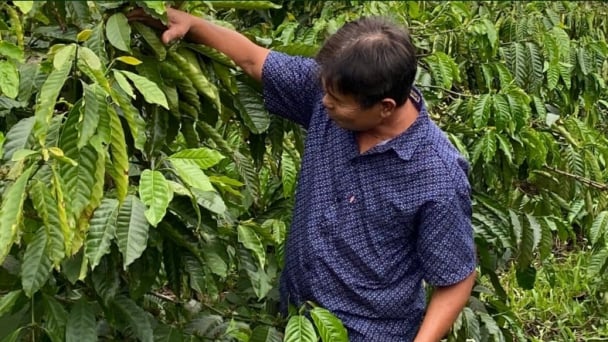
(VAN) After 5 years of implementation, the CAI initiative has helped coffee growers change their farming practices, moving toward responsible agriculture that meets global export standards.
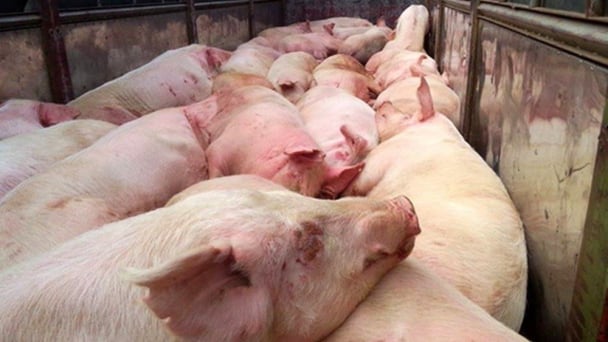
(VAN) The primary prerequisite for the comprehensive and robust integration of Vietnam's livestock sector into the global value chain is the establishment of a disease control system.
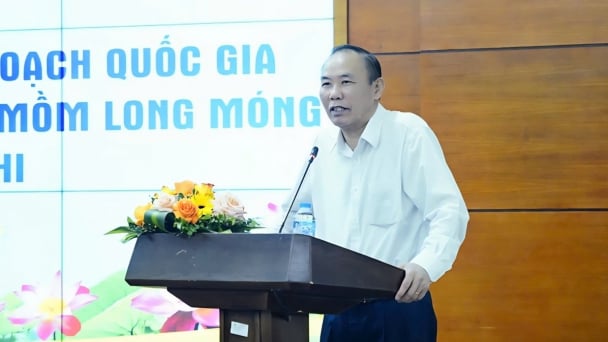
(VAN) The results of national programs are essential for establishing a contemporary livestock sector that is well-equipped to meet the demands of both domestic and international markets, with robust biosafety standards.
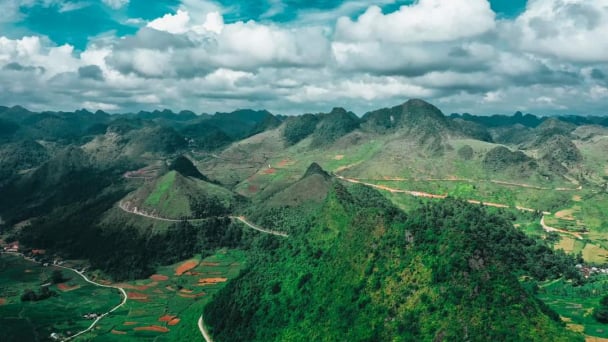
(VAN) The UNESCO Global Geopark revalidation of Non nuoc Cao Bang and the transition to a two-tier administrative model are presently undergoing a pivotal moment in Cao Bang, the northernmost province of Vietnam.
/2025/06/13/5330-2-004539_953.jpg)
(VAN) Changing policy mindset and removing investment barriers are urgent requirements to open up new development space for enterprises in the agricultural sector.

(VAN) The areas include the restoration of five million hectares of marine ecosystems.